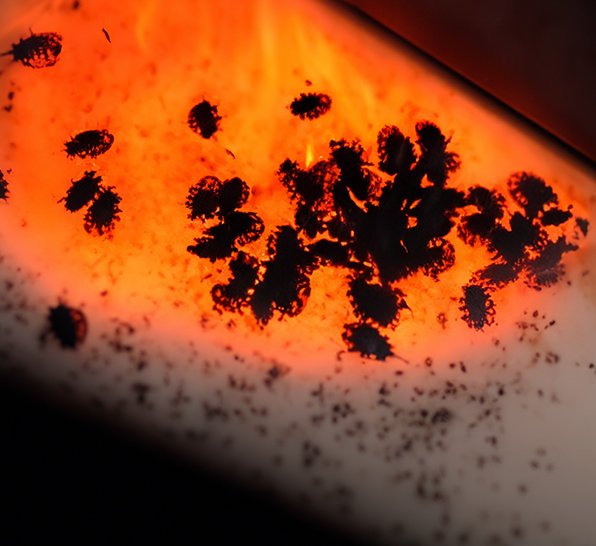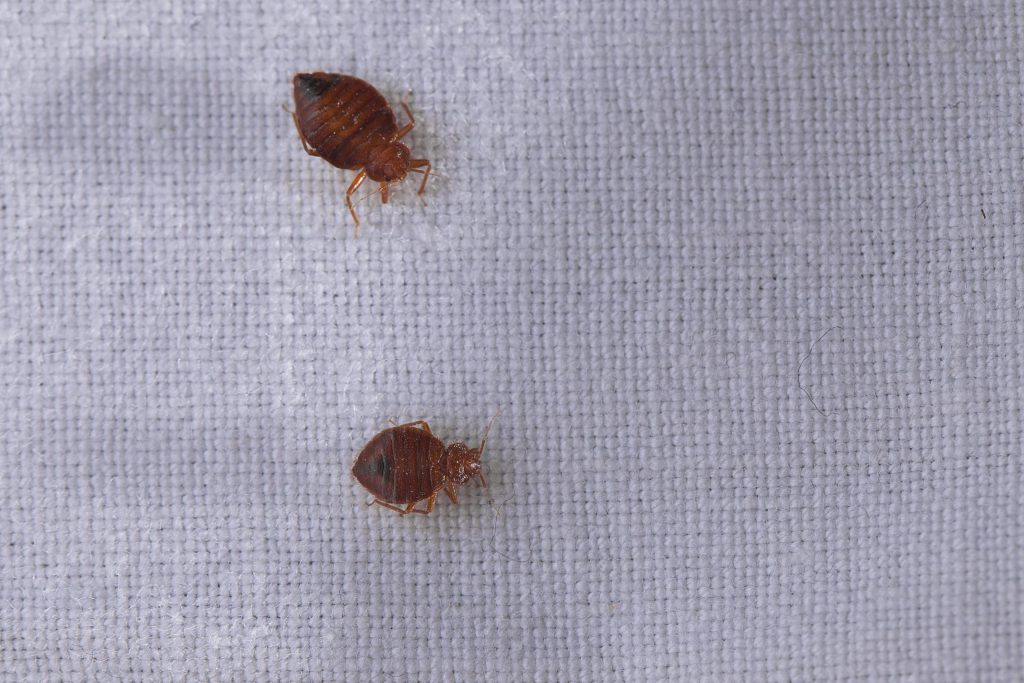Bedbugs are a common household pest that can be difficult to get rid of. One effective method for eliminating them is heat treatment, which uses high temperatures to kill the bugs and their eggs. Learn about the science behind how heat treatment works and why it’s becoming a popular choice for pest control.
What are bedbugs and why are they a problem?
Bedbugs are small, reddish-brown insects that feed on the blood of humans and animals. They are a problem because they can quickly infest a home or building, hiding in cracks and crevices during the day and coming out at night to feed. Bedbug bites can cause itching, swelling, and even allergic reactions in some people. Additionally, bedbugs can be difficult to get rid of using traditional pest control methods, making heat treatment a popular choice for eliminating them.


How does heat treatment work to eliminate bedbugs?
Heat treatment works by raising the temperature of a room or building to a level that is lethal to bedbugs. The heat is typically applied using specialized equipment that circulates hot air throughout the space, ensuring that all areas are heated evenly. Bedbugs and their eggs cannot survive at temperatures above 120 degrees Fahrenheit, so the heat treatment process is designed to reach and maintain temperatures of at least 130 degrees Fahrenheit for several hours. This ensures that all bedbugs and their eggs are eliminated, even in hard-to-reach areas. Heat treatment is a safe and effective method for eliminating bedbugs without the use of harmful chemicals.
What are the benefits of heat treatment over other methods?
Heat treatment for bedbugs has several benefits over other methods. Firstly, it is a non-toxic and environmentally friendly option, as it does not involve the use of harmful chemicals. Secondly, it is highly effective, as it can eliminate bedbugs and their eggs in a single treatment. Thirdly, it is a fast method, as it can be completed in a matter of hours, compared to other methods that may require multiple treatments over several weeks. Finally, heat treatment can reach and eliminate bedbugs in hard-to-reach areas, such as inside walls or furniture, where other methods may not be effective.
What are the potential risks and precautions to take during heat treatment?
While heat treatment for bedbugs is generally considered safe, there are some potential risks and precautions to take. It is important to ensure that the treatment is conducted by a licensed and experienced professional, as improper use of heat can cause damage to property or even start a fire. It is also important to remove any heat-sensitive items from the treatment area, as they may be damaged by the high temperatures. Additionally, individuals with respiratory issues or other health concerns should consult with their doctor before undergoing heat treatment.
How can you prepare your home for a successful heat treatment?
Before a heat treatment for bedbugs can be conducted, it is important to properly prepare your home to ensure the treatment is successful. This includes removing all clutter and unnecessary items from the treatment area, washing and drying all bedding and clothing on high heat, and vacuuming all floors and furniture. It is also important to seal any cracks or crevices in walls or furniture to prevent bedbugs from escaping the treatment area. Finally, it is recommended to leave the home during the treatment process to avoid exposure to high temperatures and potential health risks.
